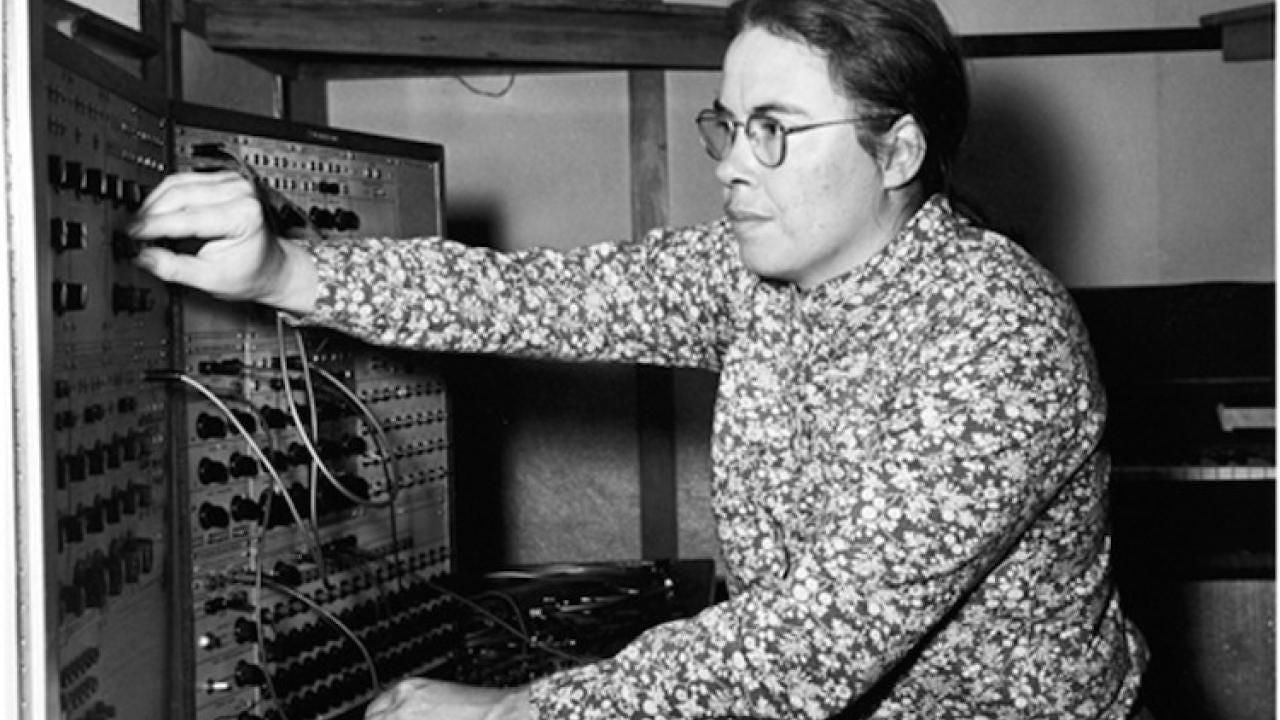Patient Listening
Deep Listening, Mindfulness Meditation, Pauline Oliveros, Attention Economy, Gordon Hempton, Time Perception, Flow States, Pythagoras, Joan Halifax, Signal to Noise, Internal and External Silence...
My friend recently described me as being a ‘patient listener’. He compared my ability to enjoy longer pieces of music much more readily than him, attributing this to me being more patient to allow the time required to fully immerse myself in an album or longer composition.
In contrast, he would be too impatient when listening and be inclined to skip to the next song or flick through sections in order to get to the end faster. By doing so he would gain a basic understanding of the piece of music but perhaps lose out on the nuance, beauty and true meaning behind the piece.
We live in a world of impatient listening, always wanting to get onto the next thing, often overwhelmed by the sheer volume of information we need to digest.
It got me thinking of what ‘Patient Listening’ could mean and how it could help provide an antidote to the attention economy, where we are faced with ever-increasing distractions that push and pull us in different ways, continuously vying for our attention. We are all time poor, but how we experience time within each moment can be markedly different across experiences. Can we better control time perception by developing patience?
I recently conducted a couple of workshops which discussed Pauline Oliveros’ notion of ‘Deep Listening’. There are obvious parallels between deep listening and what might constitute Patient Listening, but I believe there to be some clear differences, which I aim to start exploring in this article.
Firstly, Oliveros describes Deep Listening as the practise of:
“expanding to take in and listen to everything that is around you; inside of you. When you do this we can expand almost infinitely to include everything that is possible to listen to. Most of the time we are discording what’s going on as not important but in order to do DEEP LISTENING we have to include everything”.
Deep Listening has its own parallels with mindfulness meditation, where one actively focuses attention on what one is experiencing in the current moment. Whereas Deep Listening demands one to ‘allow’ all external and internal sounds into their conscious space, mindfulness asks one to specifically focus attention on one experience at a time.
For Oliveros, Deep Listening helps develop a sense of wonder and appreciation, giving the acoustic world equal precedent to the visual. In particular, Deep Listening develops the skills required to immerse oneself fully in the often slow moving natural soundscape, which in turn fuels a new perspective on a variety of aspects of life, planetary sounds and across species.
It’s well worth listening to Oliveros’ Deep Listening album or reading her Sonic Meditations, which lists various exercises that can be used to develop your deep listening skills.
I would define Patient Listening as being somewhere between Deep Listening and a mindfulness meditation practise. It demands the listener allocates time to immerse themselves in internal and external sounds but also promotes their individual agency to choose specific aspects of the conscious ‘soundscape’ during that time. By giving precedence to a specific sound group - or schema - one can better channel attention rather than becoming distracted by the wider sea of information that reaches us, and thereby experience a richer understanding of that schema.
By being patient, one can more readily achieve a state of flow, a place for optimally experiencing the given moment. During this state our normal time keeping mechanisms no longer operate in the same way, which is a fertile place to be in terms of creativity, insight and happiness (away from daily anxieties).
The interplay between what constitutes a ‘signal’ and what constitutes ‘noise’ is a key to understanding Patient Listening. Patient Listening helps one focus on the ‘signal’ and reduces the negative impacts of the ‘noise’ - both internal or externally - to distract and divert our attention the thing we are trying to pay attention to i.e. the song that my friend would inclined to skip through.
Zen teacher Joan Halifax framed this ability to patiently focus attention as a quest for a kind of ‘internal silence’ away from external and internal noise we all experience:
“we live in a symphony of noises. Silence is where we learn to listen”.
Celebrated field recordist Gordon Hempton similarly framed silence in this way:
“silence is time undisturbed, it nurtures our nature and let’s us know who we are”
This type of thinking even goes back to Phythagoras:
“Go deep into silence. Absorb it. Let it scare you. Let it reshape you and expand your awareness”.
Are you a patient listener? Can you truly hear silence by quieting the mind?
Over the next few months, I’ll be returning to this theme and exploring it in more detail. Your thoughts are welcome.






Loved this, food for thought! Have been moving through a forest , the same one, same path, since years now, daily. I listen to music while i walk. but i hear all the noises in the trees too. woodpeckers i always try to find with my eyes when i pick their knocks up with my ears. sometimes i sing. music and noises and movement, scent, light, the things i see blend into thoughts and a kind of consciousness that i now need so much to recover, restore. i think it is in itself even a kind of process of creating. i feel replenished in a way that i feel when i paint or draw or cook or work in the garden…